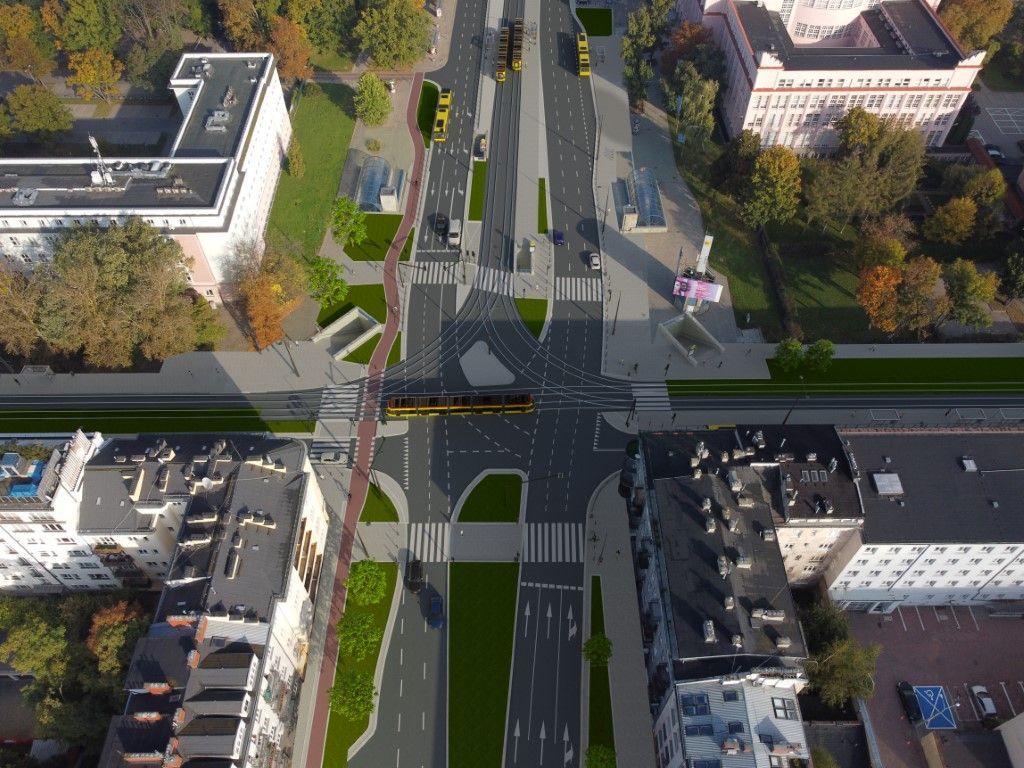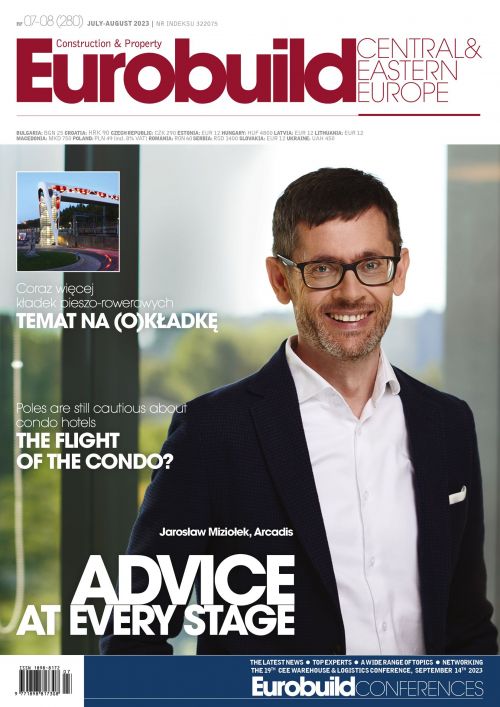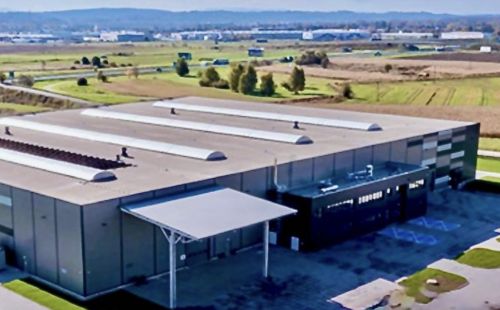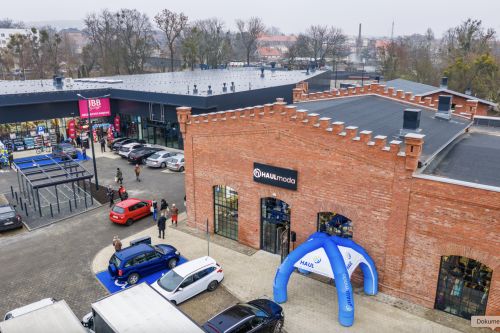The normal pattern is for modern technology to supplant older versions, which once withdrawn then fade into memory. Telephone boxes can no longer be seen on our streets and no one is putting up any new information board pillars. There is, however, one area in which the evolution of our cities has taken a rather retro turn. For a number of years, tram systems have been undergoing something of a renaissance. Let’s take a look at some of the largest of these projects and the features that explain the new-found popularity of trams.
Life after life
Dominik Wójcik, the editor of the Transport Publiczny portal, entitled one of his articles ‘The tram: the last survivor – or the shape of things to come?’ It’s difficult to think of a better way to describe this recent phenomenon. Trams might be the veterans of our public transport systems, but they are now going through something of a rebirth, having been reinvigorated by the drive towards electro-mobility. An































































